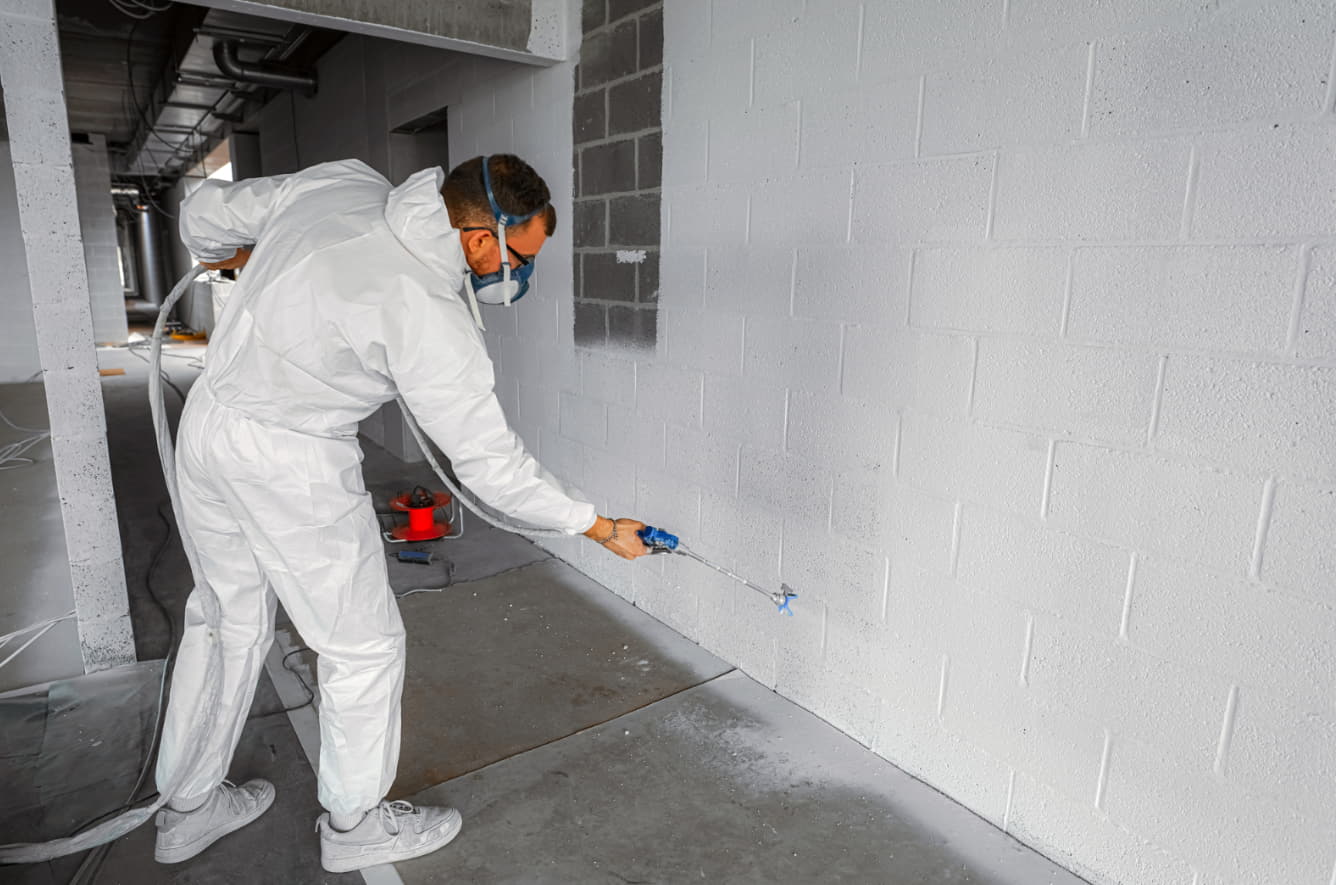The Ultimate Guide to Industrial Wall Painting: Tips and Techniques
Industrial spaces require not only functionality but also an aesthetic appeal that reflects the brand and enhances the work environment. Achieving a polished and durable finish through industrial wall painting involves more than just applying a coat of paint. In this comprehensive guide, we’ll explore the essential tips and techniques for successful wall painting.
1. Surface Preparation: The Foundation of a Quality Finish
Before picking up a paintbrush, thorough surface preparation is crucial. Clean the walls to remove dust, dirt, and any contaminants. Repair cracks and imperfections using filler, and sand the surface to ensure smoothness. Proper preparation ensures better adhesion and a flawless finish.
2. Choose the Right Paint and Finish
Selecting the appropriate paint and finish is pivotal in achieving the desired outcome. For industrial settings, opt for paints that are durable, washable, and resistant to chemicals and moisture. Depending on the requirements, choose from flat, satin, semi-gloss, or gloss finishes. Consult with paint experts to determine the best options for your specific needs.
3. Invest in High-Quality Tools and Equipment
Using high-quality brushes, rollers, and sprayers can make a significant difference in the painting process and end result. Quality tools lead to smoother applications and better coverage. Additionally, sprayers are efficient for large industrial spaces, ensuring an even coat and reducing painting time.
4. Proper Application Techniques
- Cutting-In: Before rolling, use a brush to cut in along edges, corners, and areas where a roller might not reach easily.
- Rolling: Roll paint in a “W” or “M” pattern for even coverage. Start from the top and work your way down. Avoid applying too much pressure, as it can result in streaks.
- Spraying: If using a sprayer, maintain consistent distance and speed to achieve uniform coverage. Practice on a scrap surface before tackling the actual walls.
5. Plan for Multiple Coats
In industrial settings, it’s common to require multiple coats for thorough coverage and durability. Allow sufficient drying time between coats, following the manufacturer’s recommendations.
Conclusion
Industrial wall painting goes beyond aesthetics—it’s about enhancing the durability and functionality of your workspace. By following these tips and techniques, you can achieve a professional and long-lasting paint job that not only reflects your brand but also stands up to the demands of an industrial environment. So, gear up with the right tools, choose the best paints, and transform your industrial space into a visually appealing and productive haven.
